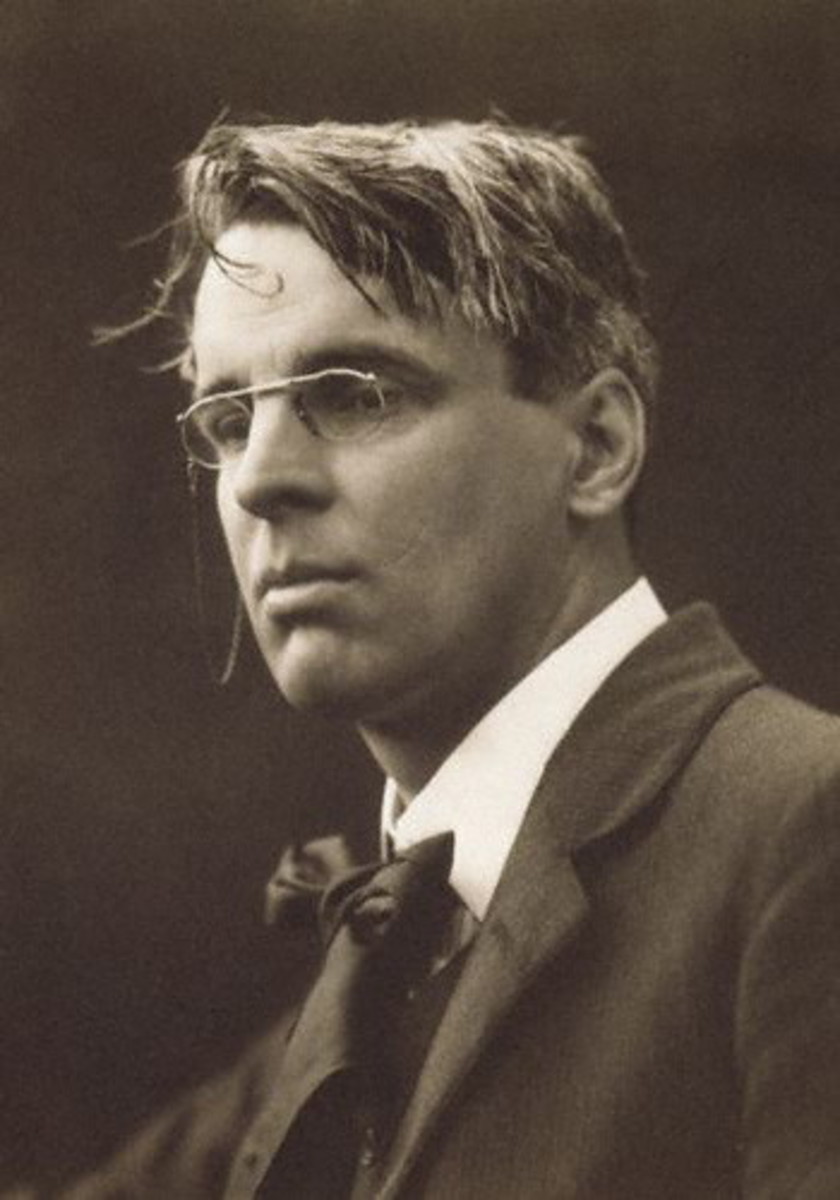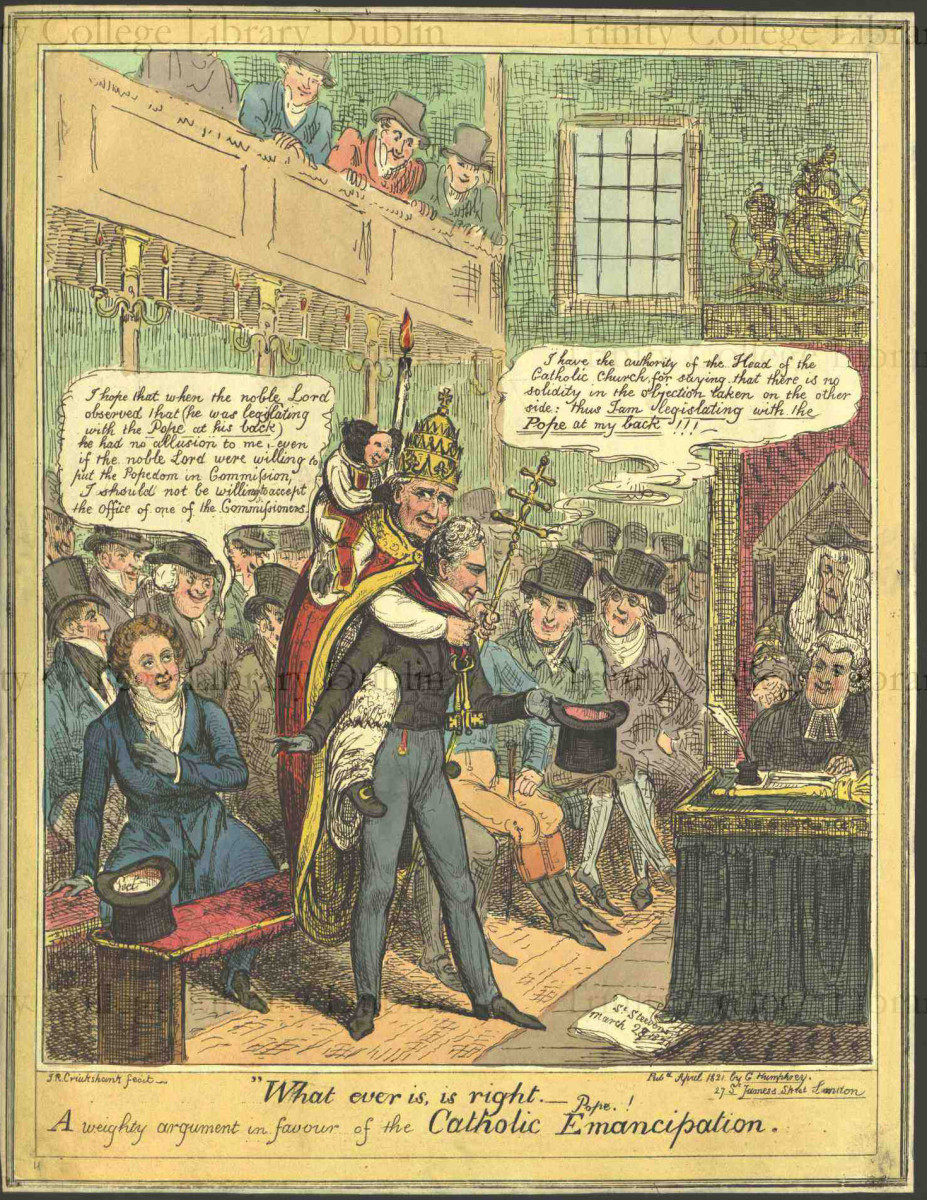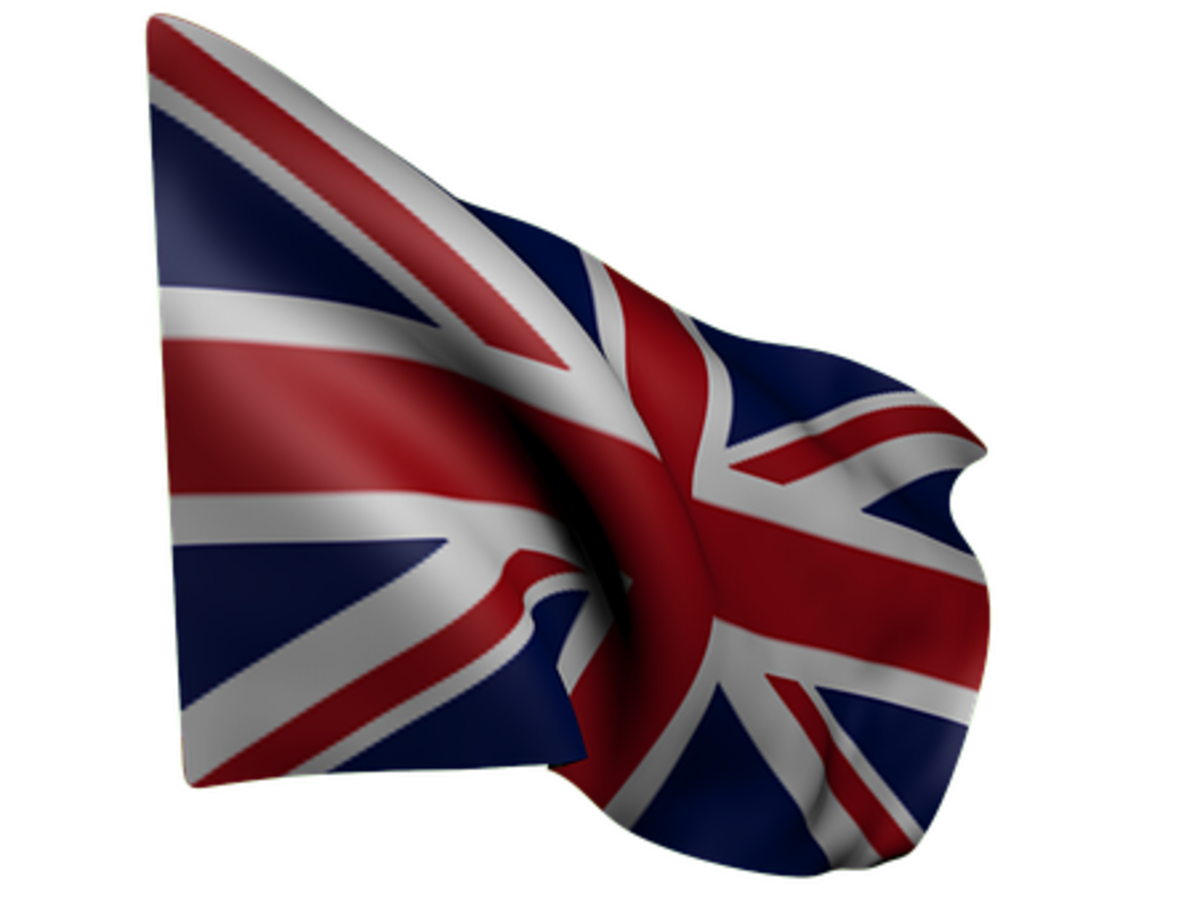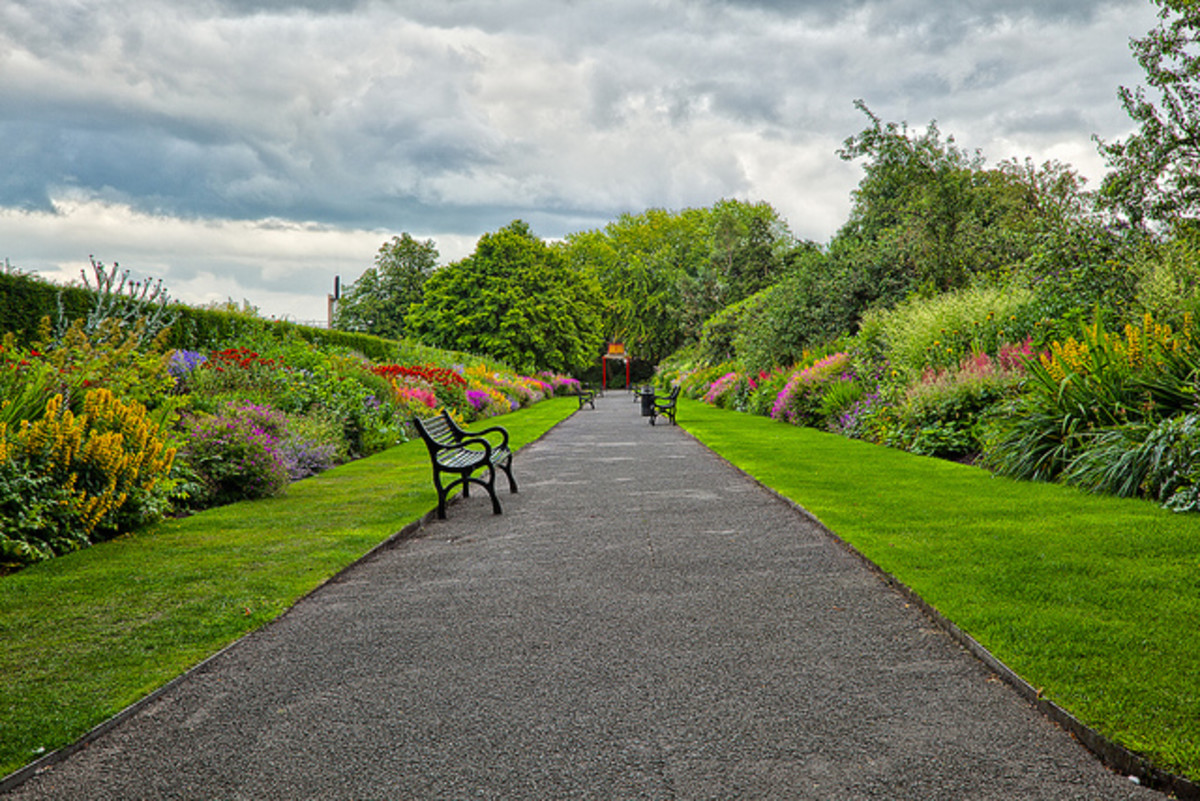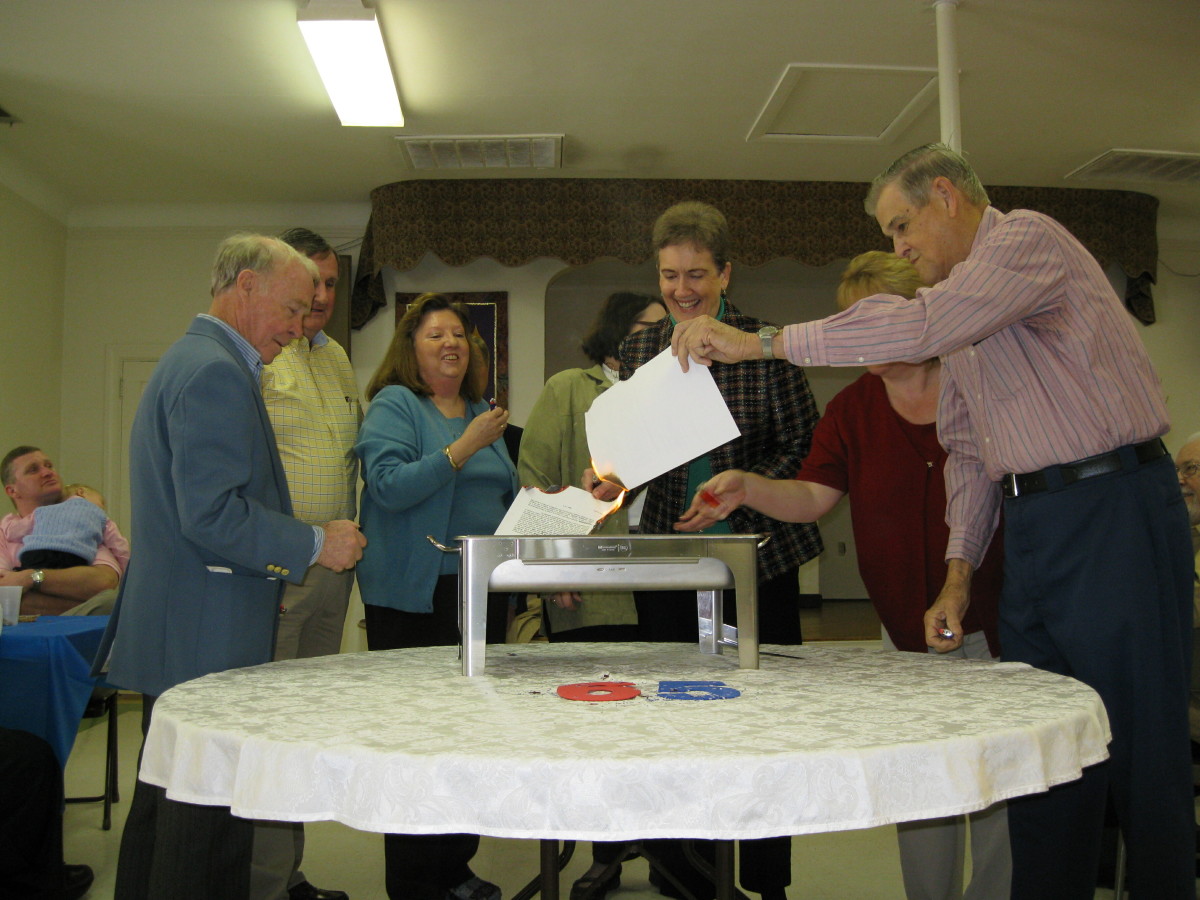Northern Ireland Troubles
Northern Ireland Troubles
The "Northern Ireland Troubles" sometimes referred to as the Northern Ireland conflict, or simply "the troubles in Northern Ireland", are probably best remembered through the riots that have been shown on the various news rooms throughout the world. Anyone visiting Northern Ireland during these times will most certainly remember the army on the streets and the remnants of burned out buses and cars. I grew up in through these so called "Northern Ireland troubles" and thought I would like to put my own impressions down in writing. To begin with I will set a little history of Ireland as this helps give the context into which you can then better understand the setting and the times that they were. I will only go back as far as 1688, when Prince William of Orange (King Billy) arrived in Ireland
James II was the ruling Catholic King in England at the time and the British invited William of Orange, a Protestant prince from the Netherlands, to come and start to rule England and Scotland. On his arrival James fled to Ireland and at the Battle of the Boyne in 1690, William defeated James 11. You will hear me speak of Orangemen in this blog and this is where the name derives from, Prince William of Orange. That battle is commemorated on the July 12 every year as hundreds of thousands of Orange men take to the streets of Northern Ireland in various marches. This is very significant today in the troubles of Northern Ireland.
From then until 1916 there were many political debates and religious battles as to whether Northern Ireland should remain part of the UK, or indeed be returned as a part of Ireland. These disputes and political wrangles finally culminated on April 24th 1916, in what was known as the Easter Rising. Irish rebels seized various strategic buildings in Dublin, the main one being the General Post Office (GPO) in O'Connell Street. Once again this battle is particularly significant to understand the Northern Ireland Troubles. Conflict in Ireland was never far away.
The battle raged for 5 days as around 20,000 British soldiers entered the city and finally overcame the rebels, who were forced to surrender. The British then sentenced 70 people to death and of these some 15 were executed. Maxwell the British commander, in a hasty and ruthless operation shot fourteen rebels in Dublin's Kilmainham Gaol. The strange thing was, many Irishmen at that time viewed these rebels as little more than troublemakers yet, the sixteen were instantly raised to national martyrs thanks to Maxwell's rash and heavy-handed approach.
Countess Markiewicz was sentenced to death, but this was commuted to a life sentence on account of her sex. Eamon De Valera was an interesting case as he could not be executed as a traitor, because he didn't have a British citizenship. He had always described himself a a citizen of the Irish Republic. which in law was a state that didn't exist. As a result he was spared execution.
There then followed a war of independence and this is when partition was introduced and two countries formed on the island of Ireland, something that remains in place to this day. From 1919-1922, Michael Collins and the IRA used violence to force Britain to negotiate. The Government of Ireland Act was introduced, and two parliaments formed, one in Dublin and one in Belfast. Many people argue this was the start of the Northern Ireland troubles, but personally I don't support that argument.
One became the Irish Free State, often called Eire or the Republic of Ireland and ruled by a Dublin parliament, and the other formed what is now known as Northern Ireland and is under law part of the UK. Once again violence escalated as Catholics opposed the partition of Ireland. It was followed by yet another civil war and Sinn Fein started to split.
The newly formed Free State Army, took up arms against former IRA comrades and in these violent exchanges Michael Collins was killed. Over 1,000 rebels were imprisoned without trial. Eamon De Valera became the leader of the Free State Army, and split away from his republican colleagues to form the Fianna Fail party, which has to this day dominated Irish politics. After a brief bombing campaign in England by the IRA, the Irish Free State, fearing for its independence, executed five IRA leaders and introduced internment. This did stem the violence for some time and things remained quiet until the year of 1969, the start of thirty years of murder, bombings and bloodshed.
In 1969 and mainly on the back of a Civil Rights campaign that had its synergy and roots with Martin Luther King, catholics held a Civil Rights protest, the slogan being, "One man, One Vote." The state of Northern Ireland at that time was a state run by protestants for protestants and catholics were demanding to be treated as equal citizens. The police force of the day, the Royal Ulster Constabulary (RUC) under the instruction of the Unionist Government at Stormont Belfast, attacked the Catholic civil rights protests. Protestant loyalists, so called for their "loyalty" to British rule set up counter protests and this eventually led to escalating violence.
The older IRA leadership was viewed as passive while Catholics were being burned out of their homes and a splinter group appeared from more younger aggressive catholics and became known as the Provisional IRA. In quite an ironic move the British Army was brought in to protect catholics and were given a warm welcome. However as the violence continued the British Government working with the Unionist Northern Ireland government introduced internment in 1971. The Northern Ireland Troubles and the conflict were now starting to develop and increase. Jobs in Ireland and work in general were massively impacted by the troubles.
Nearly 2,000 people were arrested and held without trial, in a bid to prevent further attacks on British troops. That move increased support for the IRA and their numbers grew quickly. On January 30 1972, British soldiers shot dead 13 men and injured 14 others, one of them fatally, during a civil rights march in Derry. This became known as one of the darkest days in Irish history and is still known as Bloody Sunday. After that, thousands of people joined the IRA. The violence poured out on to the streets. The troubles in Northern Ireland had truly begun and would continue to escalate.
I remember being 12 years of age and going to school in Belfast. The army seemed to be everywhere, armed with guns and driving lorries and armoured vehicles around the city streets. I remember watching the petrol bombs being thrown at them , the Belfast parliament is suspended and Northern Ireland is ruled directly from London.
How it affected me as a person?
I suppose some people would say that being brought up and living through "The Northern Ireland Troubles" was bound to profoundly impact on any person. For many that is true but for me personally, although havoc and chaos surrounded me, I guess doing normal things just took up most of my time. By the time the civil Rights marches had started around 1969, I had turned 11 years of age and my days were taken up with the things that normal kids that age do. Apart from the normal school activity, like measuring rain fall in those silly test-tubes, studying the shape of leaves on a nature trail and building a sun-dial that would never be used again, we also got to do what I would call fun stuff.
That included a small branch of a tree, some fishing line, a hook and worms and a trip to the Layde River. The hardest thing about that was trying to avoid the gamekeeper, who protected his patch with venom. We quickly learned to set up lookouts and to disappear into specially built huts we had made over the months. It used to be great fun watching him scout for us. He knew we were there, but better still, we knew exactly where he was. Then we had the tree swing across the river and many a plunge was taken into that, some intended but most not. We even managed to make a boat, well something that served as a boat, from branches twine, barrels and tyres. Somehow it worked and managed to hold about ten of us without any major mishaps, except for the odd boy who got tipped over for one reason or another. I can recall making a few trips over the edge myself but then I guess all of us, who dared board the hand built raft, also made the plunge into the cold dark river.
Our next favourite hobby, and this is really going to upset any golfers reading this, was to take a trip to the Ballycastle beach. A beautiful links golf course ran along the side of the beach, peppered by tall grass, sand dunes and the odd water trap. We used to lie in wait for any drive or iron shot that missed the fairway and when that happened, we all started crawling towards the ball through the tall grass. If the ball was found before the annoyed golfer arrived, it was pocketed and eventually sold back to someone at the clubhouse. Needless to say the annoyed golfer only became even more annoyed as he declared his lost ball penalty and cursed the heavens. Being a golfer myself these days, I now fully understand how high his frustration may have been. Looking back on the history of the troubles in Northern Ireland it seems quite amusing now, that I lived in a wonderful and quiet world.
One rather funny incident comes to mind, as on one of our usual money-making trips to the golf course, we came across a courting couple, who for whatever reason had decided to set up their love nest at the bottom of one of the rolling hills on the actual golf course itself. I would have been aged 10 or 11 at the time, so the sight of a couple kissing, and especially in public, was quite a novelty. For us, it was a novelty and an opportunity not to be missed. With quite an amount of guile for ones so young we made our way to the top of that hill and peered down at them, some out of curiosity and others out of some bewilderment. Although they were still clothed, there was quite a bit of fumbling going on and I recall that caused quite a bit of concealed sniggering and laughing. One of our gang managed to convince us that the girl would definitely be pregnant by now and ignorance caused us all to agree.
Anyway, boredom soon set in as they continued and somehow it was decided that this could be an opportunity for some "fun." The balls we had gathered up soon became used for something else. Slowly the first ball was set free tumbling down the hill and rolled in between the couple. They didn't seem to notice that so another was sent towards the target. A couple missed the target but eventually one of the balls got their attention. The man jumped up, rubbing the side of his head and shouted something that ended in "off." He looked all around and his girlfriend then stood up and watched her boyfriend slowly climb the hill. As she adjusted her clothing, his rather long legs clambered up the hill and we retreated into the long grass, scattering in many directions. Just as he reached the very top of the hill, a golf ball nearly took the top of his head off. He fell backwards down the hill and we did hear but not see his girlfriend shriek. As we lay in hiding trying not to laugh, for fear of giving away our places of concealment, three golfers arrived on the fairway; the man and his girlfriend arrived at the top of the hill and a huge shouting match shouted.
It lasted for what seemed ages and at one stage fists were seen but not used and then the couple walked off, cursing and swearing towards the beach, and the golfers proceeded on with their game, also cursing and swearing. We waited until they had passed and then collected up the balls and made our way back to the club house to use our sale's techniques. We learned a lot that day, and if you are that couple and happen to ever chance across this blog, may I offer my apologies for interrupting your enjoyment. To all the golfers at Ballycastle, again my apologies and may your aim always be straight and true.
So although the battle lines were being created across Northern Ireland, fishing, golfing and courting continued on as normal in my wee world. Yet all around me, the Northern Ireland Troublesand the conflict were growing at quite a pace.
Belfast Wall Writing
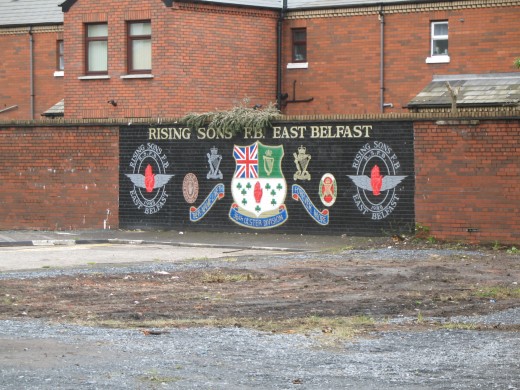
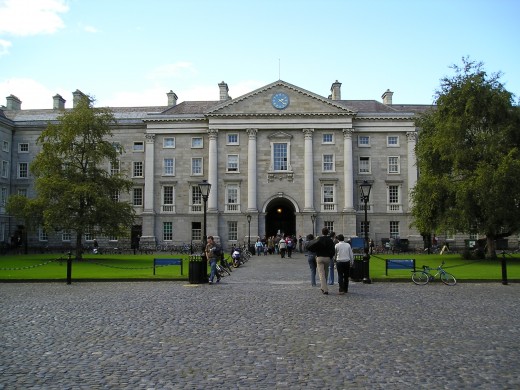
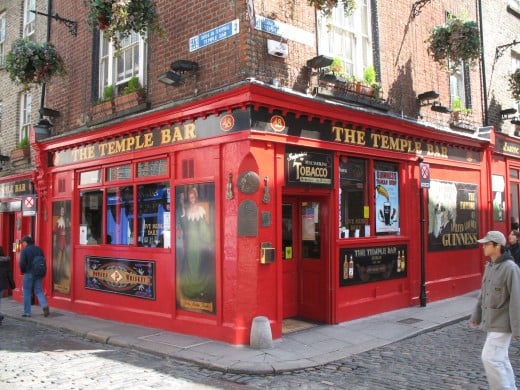
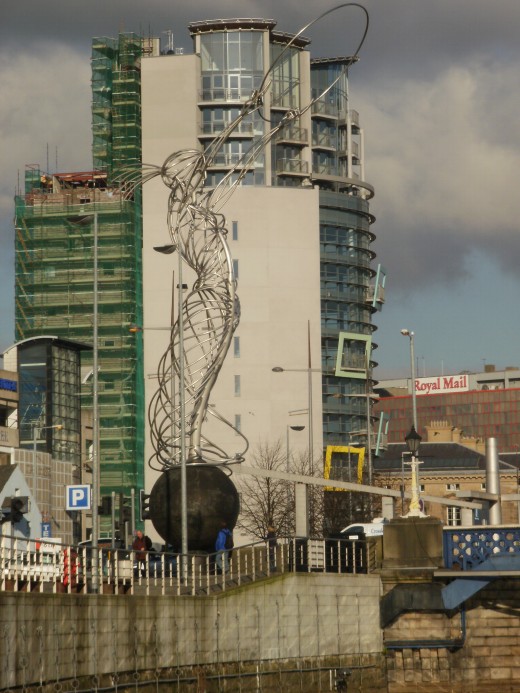
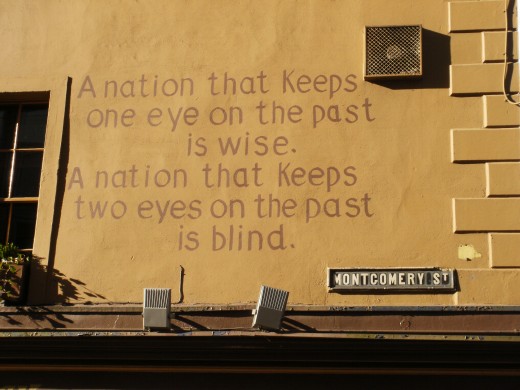
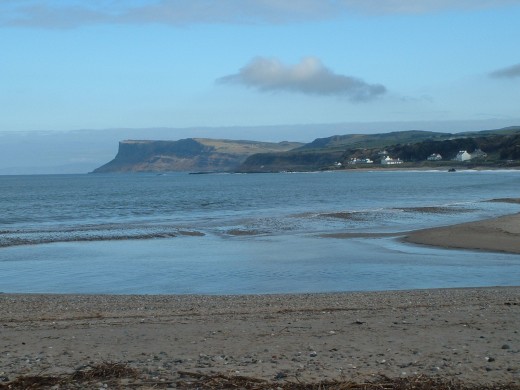
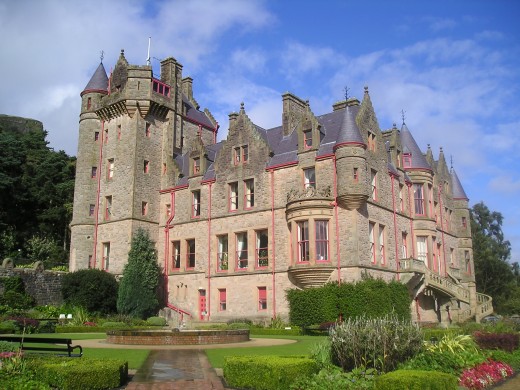
Detailed Website
- Northern Ireland History
Northern Ireland History - History of Northern Ireland


